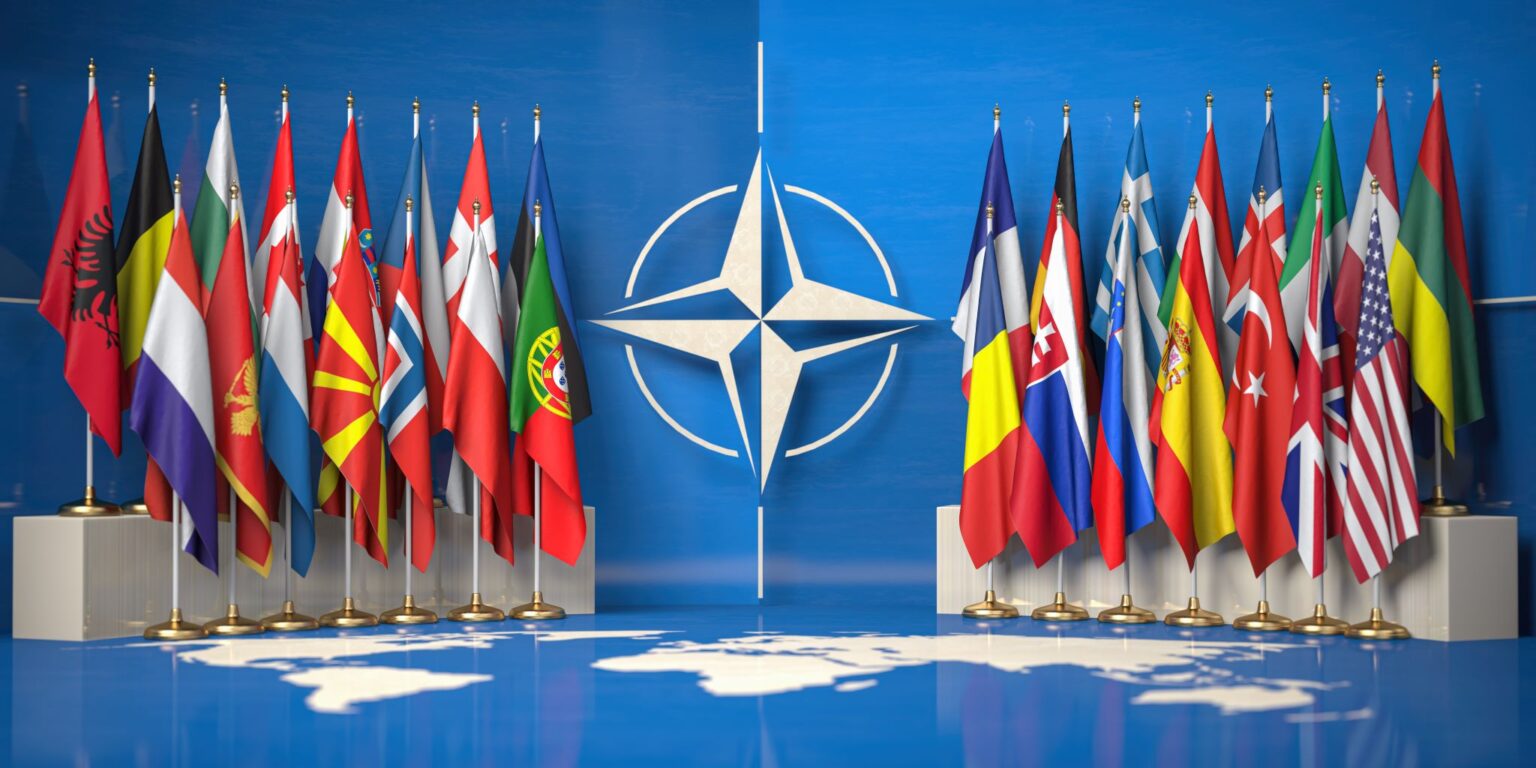https://vk.com/video720515176_456239164
Tag: news
My War on Globalism 46
https://vk.com/video720515176_456239163
My War on Globalism 45
https://vk.com/video720515176_456239158
Jul 2023. The Indoctrination of Us All
https://vk.com/video720515176_456239157
My War on Globalism 44
https://vk.com/video720515176_456239150
Jul 2023. The NATO Argument
https://vk.com/video720515176_456239145
Jul 2023. BBC Presenter Allegations Part 4
https://vk.com/video720515176_456239143
Jul 2023. BBC Presenter Allegations Part 3
https://vk.com/video720515176_456239142
My War on Globalism 43
https://vk.com/video720515176_456239140
Jul 2023. Banks Cancelling People Part 6
https://vk.com/video720515176_456239139









